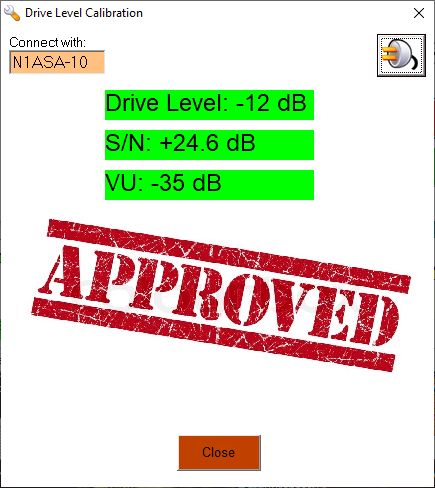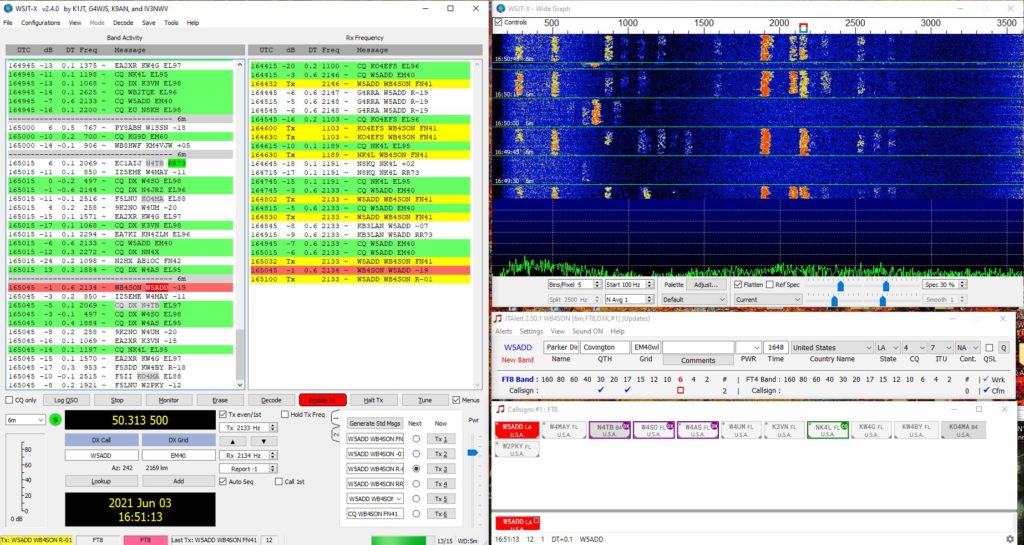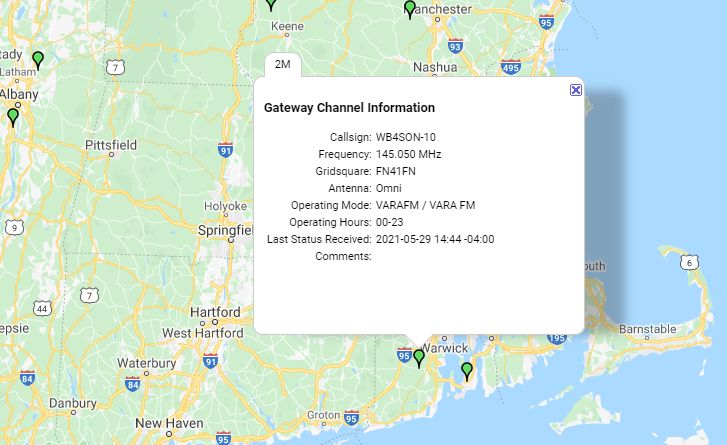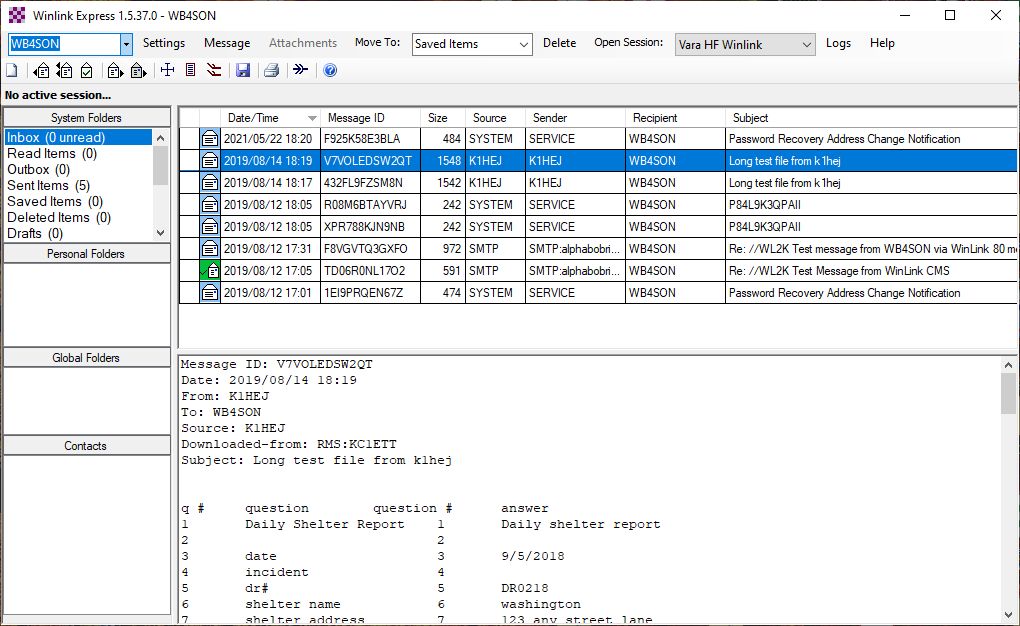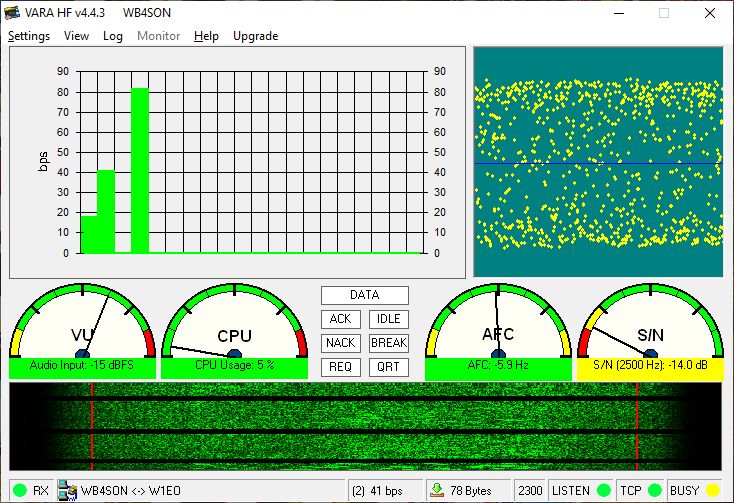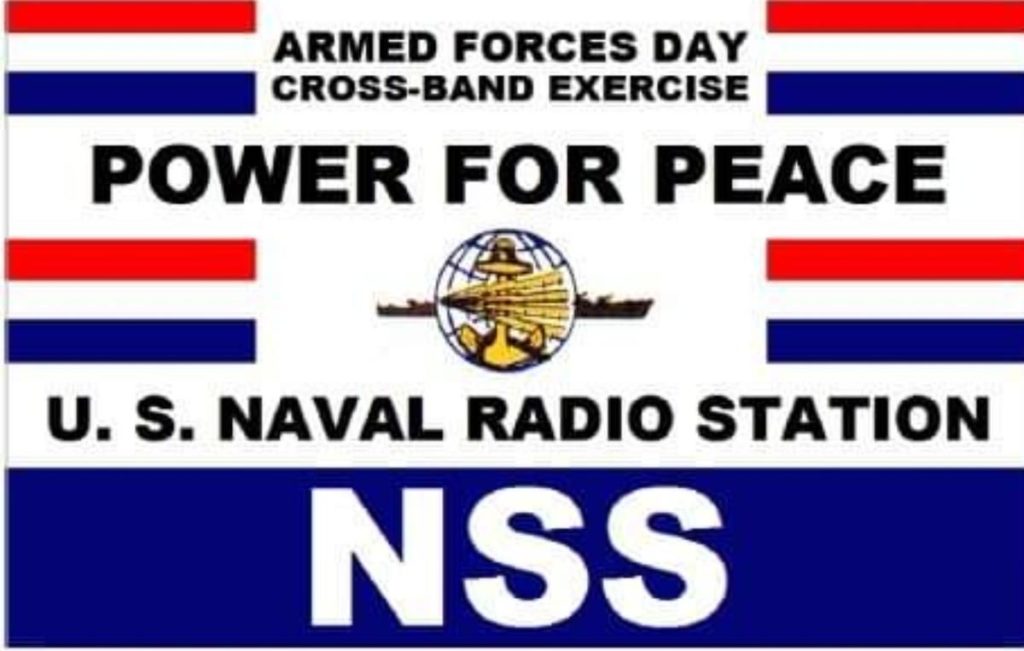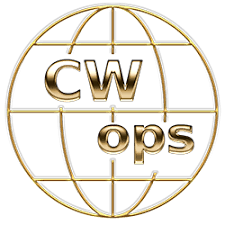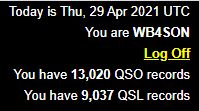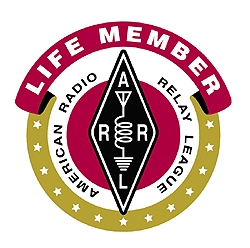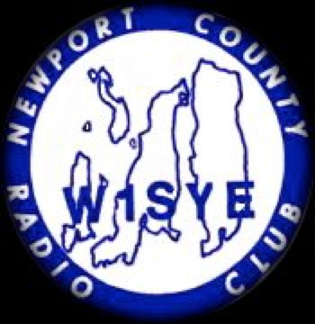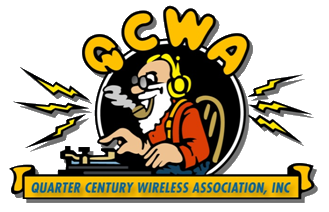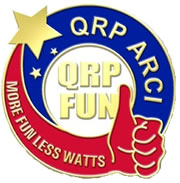After getting my VHF antenna back up in the air, I was able to hook my Kenwood TM-D-710G up via a DRA-50 Digital Radio Adapter to my PC. I downloaded a copy of VARA-FM, and used Winlink to receive my first message via a VARA-FM station (N1ASA-10 on 145.050)
On the TM-D710G, I verified that my radio was setup for B-side external data (Menu 918), which is the right-hand side of the display. I then changed to 9600 bps data speed (Menu 919). {ED: I can never remember how to enter the menu, and the trick is to press the “F” button, the push the big knob in (the VFO/Channel knob). That will bring up a list of all the menus in the radio, and 918 and 919 are in the “AUX” menu}.
On VARA-FM, under Settings/VARA Setup, I changed the FM System to “WIDE” (Setup is also the menu where you put in the license key).
Under Settings/SoundCard, the Device Input was set to “Microphone (USB PnP Sound Device)”, and the Output was set to “Speakers (USB PnP Sound Device)”.
Finally, under Settings/PTT, I selected PTT via “RA-Board” to match my DRA-50 board.
According to the log, with N1ASA in Narrow mode, and my system in Wide mode, we transferred at almost 5600 bps.
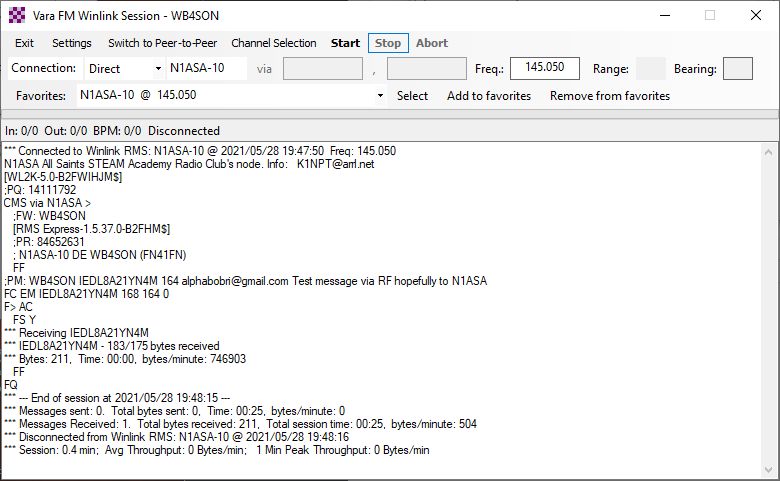
And a “Ping” looks like this:
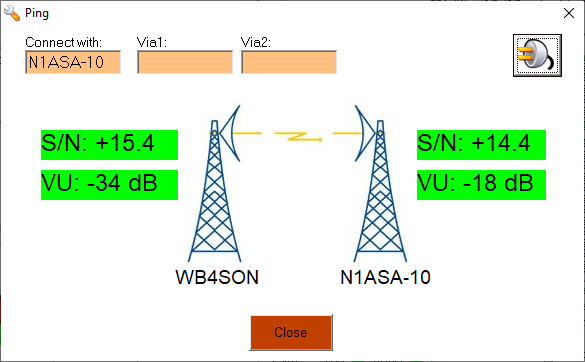
A Drive Level Calibration was run and produced the following:
